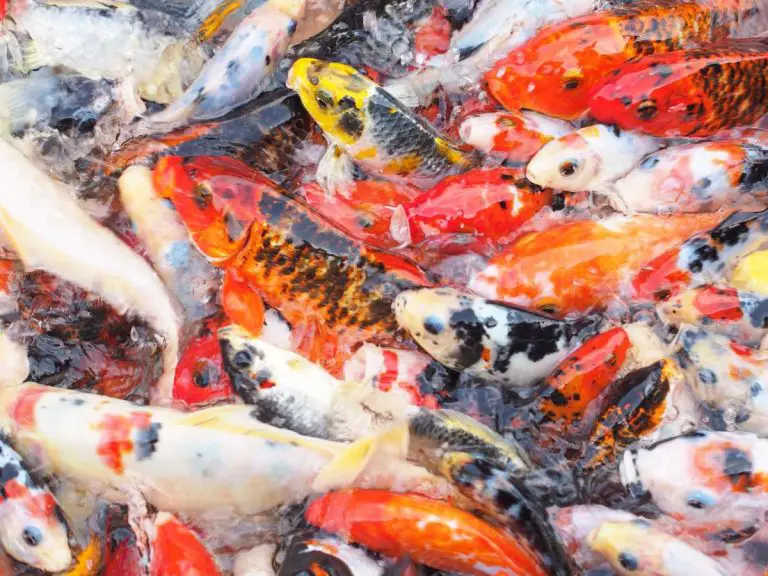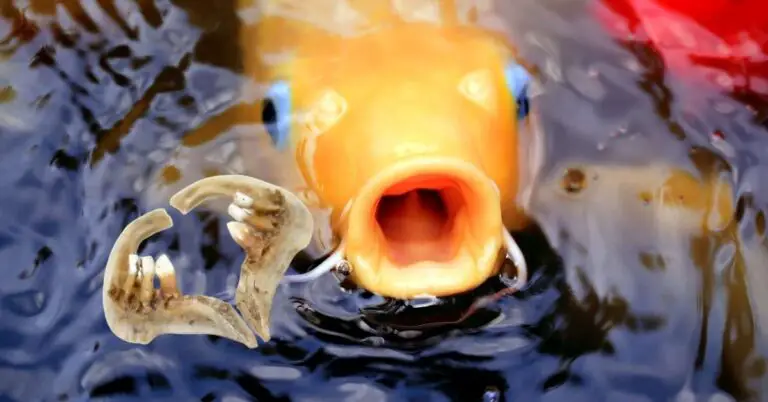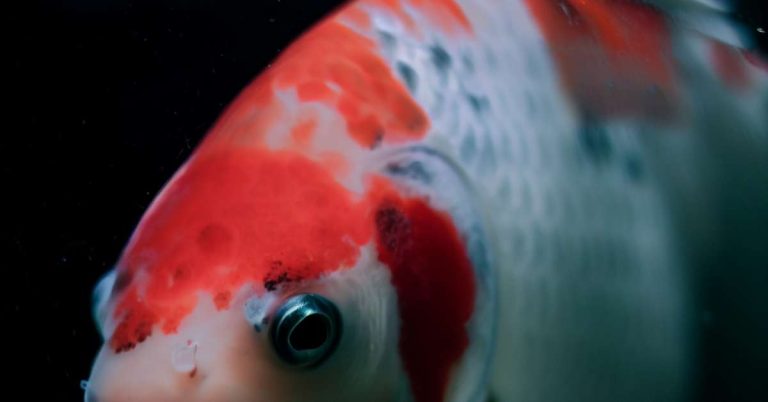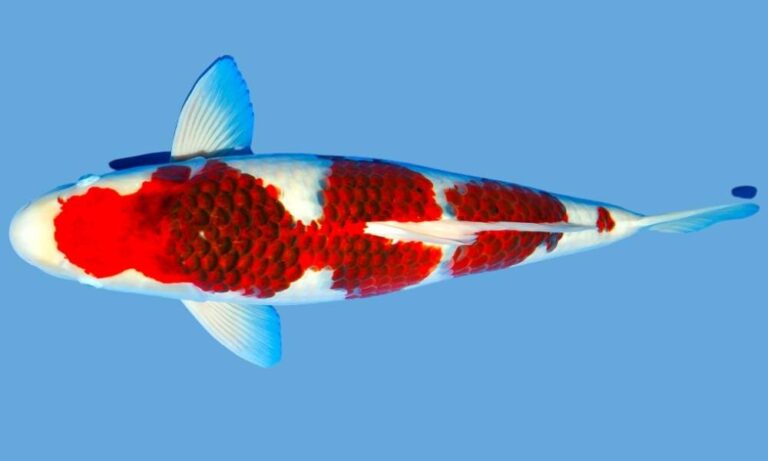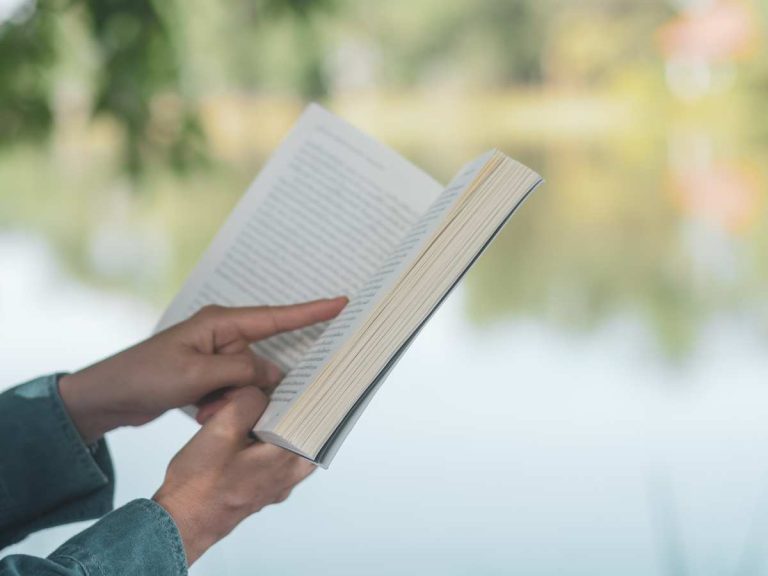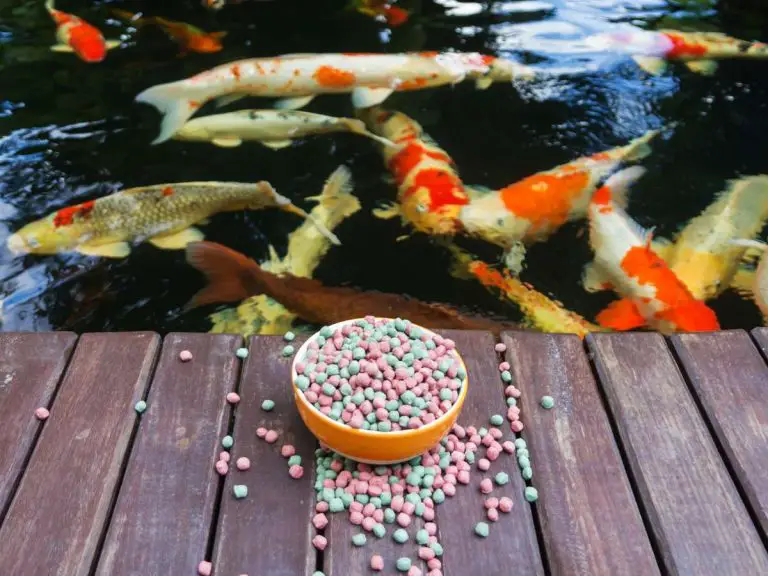Spring Koi Pond Maintenance Guide: Keep Your Koi Healthy and Your Pond Beautiful
Spring is the perfect season to start fresh and implement best practices for pond maintenance so you can ensure your koi remain healthy and thrive as the weather warms up. Whether you’re a seasoned pond owner or a newbie, this guide is here to provide you with all the information you need to properly maintain your koi pond during springtime.
So, what’s so significant about spring koi pond maintenance? Simply put, spring koi pond maintenance is the routine cleaning and maintenance of your koi pond during the spring season to get it ready for the warmer months ahead.
Through careful attention to cleaning, feeding, and equipment maintenance, you can help keep your koi in top shape throughout the Spring and Summer. In this guide, we’ll take you through all the necessary steps and precautions to ensure your pond is ready for the new season.
Keep reading for our expert tips and insights on testing water quality, cleaning debris and algae buildup, feeding your Koi fish, ensuring their health, maintaining your equipment, and much more.
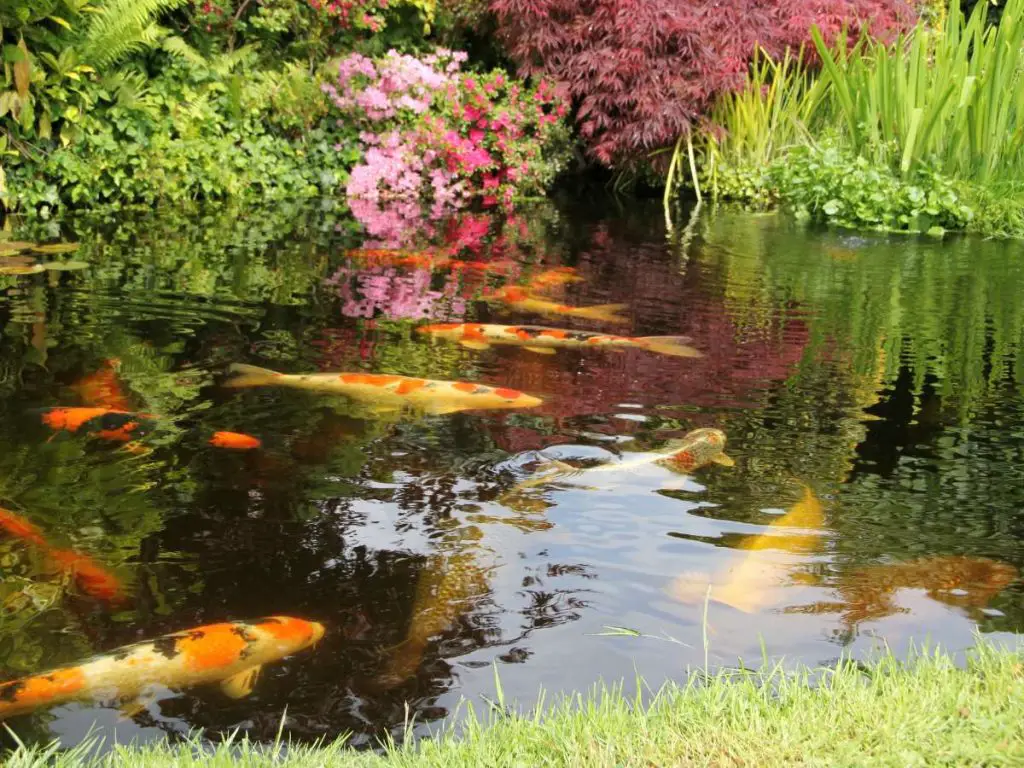
Getting Started with Spring Koi Pond Maintenance
Maintaining your Koi pond at any time of year can be a bit of work, but it’s well worth the effort! Here’s a checklist of things to do before you get started:
Pond Inspection Checklist
- Initial Assessment:
- Inspect pond for debris and algae buildup.
- Test key water parameters (pH, ammonia, nitrite, nitrate).
- Prepare for Koi Transfer:
- Set up a temporary holding area using pond water.
- Gently transfer koi using a pond net.
- Water Change:
- For minor cleaning: Perform a 10-20% water change.
- Refill with fresh water, treating if necessary.
- Full Pond Drain (if heavy contamination):
- Completely drain the pond.
- Clean surfaces, removing algae and debris.
- Refill, treating new water as needed.
- Equipment Check:
- Clean or replace filter media.
- Inspect pumps and other equipment.
- Return Koi to Pond:
- Ensure stable water temperature.
- Gently reintroduce koi.
- Post-Cleaning:
- Monitor koi for a few days.
- Regularly test water parameters.
- Consider adding beneficial bacteria.
But before you start your spring koi pond maintenance, you’ll need to gather your equipment and tools.
Equipment and Tools Required
The basic tools needed are a pond net, a water test kit, a pond vacuum, and rubber boots. If you don’t already have these tools, you can find them at your local pond store or garden center.
| Equipment/Tool | Purpose | Notes & Safety Precautions |
|---|---|---|
| Pond Net | To safely transfer and handle koi. | Ensure the net is soft to prevent injury to fish. |
| Water Test Kit | To check water parameters (pH, ammonia, etc.). | Always follow the kit’s instructions precisely. |
| Pond Vacuum | To clean the bottom of the pond of debris. | Handle with care; avoid disturbing the pond base. |
| Rubber Boots | To protect feet and provide grip when in the pond. | Ensure boots have a good grip to prevent slips. |
When doing any kind of pond maintenance, it’s crucial to take some key safety precautions first.
Safety Precautions
- Always wear rubber boots to prevent slipping accidents
- Turn off the power supply to any electrical devices before cleaning
- Avoid using harsh chemicals to prevent harming your koi fish and other aquatic life in the pond
Testing Water Quality in Spring
Spring is a critical season for Koi pond owners to test the quality of their pond water. Maintaining good water quality ensures healthy fish, reduces the risk of algae blooms and maintains the aesthetic appeal of the pond.
Testing the water quality starts with understanding what factors to test for. Some common parameters that must be tested include the pH level, Ammonia, Nitrate, Nitrite, and Dissolved Oxygen.
Importance of Water Quality
The water quality of your Koi pond affects the fish, plant growth, and bacteria in the pond. Poor water quality can lead to serious health problems for fish, including stress, infections, and reduced appetite. Some water quality issues such as high ammonia levels can be life-threatening to fish. It’s important to address these issues immediately to avoid fish deaths. On the other hand, clean water with balanced nutrients promotes healthy fish growth and a thriving ecosystem.
How to Test Water Quality
Testing the water in your Koi pond is an easy process that doesn’t require any special equipment. Common methods include using water test strips, drop tests, or electronic test kits. Test kits give you accurate results for multiple parameters, which can be useful where you need to take remedial actions. Test your pond water once a week during the spring season to maintain a good water quality balance.
Interpreting Test Results
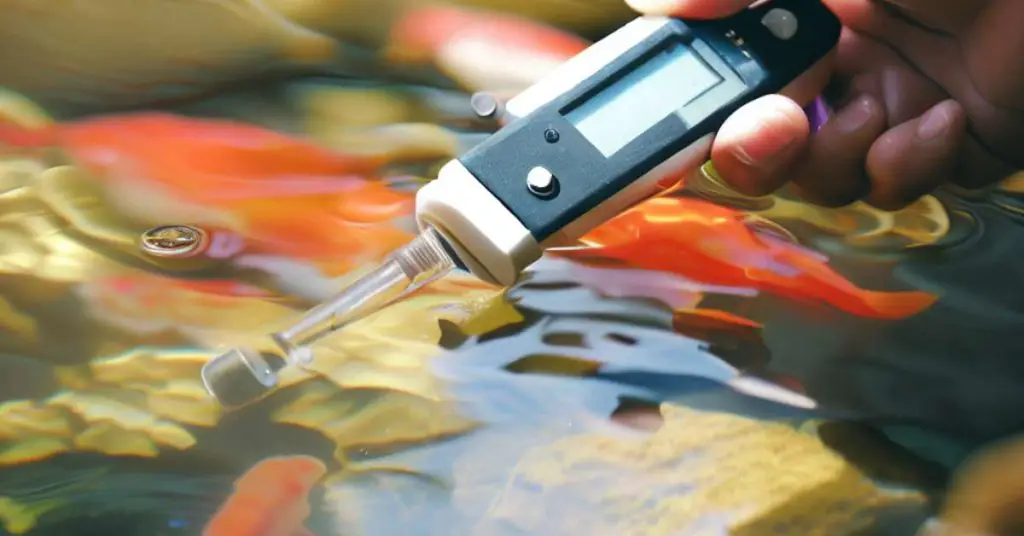
It’s very common for pond owners to be confused about the readings on their water test kits. Test results will show you what the parameters of your water sample are, but it’s important to understand what the values mean. If the results are outside of the suggested range, it’s important to address the issue immediately.
| Parameter | Ideal Range for Koi | Potential Impact on Koi When Outside Ideal Range | Remedial Action |
|---|---|---|---|
| pH Level | 7.0 to 8.5 | Levels outside this range can harm fish health, affecting their skin, gills, and overall well-being. | Adjust using pH up/down solutions. Use crushed limestone to raise pH or peat moss to lower pH. |
| Ammonia (NH₃) | 0 ppm | Ammonia can burn fish gills and is toxic even at low levels, leading to reduced oxygen uptake. | Increase pond aeration, check filtration system, and reduce fish feed. Use ammonia neutralizers if necessary. |
| Nitrite (NO₂) | 0 ppm | Nitrites reduce the capacity of fish blood to carry oxygen, leading to “brown blood disease”. | Ensure biological filtration is working, perform water changes, and consider using nitrite removers. |
| Nitrate (NO₃) | Below 50 ppm | High nitrate levels can stress fish, reduce their immunity, and promote excessive algae growth. | Perform regular water changes, ensure effective biological filtration, and introduce pond plants to absorb nitrates. |
| Hardness (GH) | 100-200 ppm (6-12 dH) | Water that’s too soft can lead to pH instability. Hard water can affect osmoregulation in koi. | Use water conditioners to adjust hardness. Add crushed coral or limestone to raise hardness, or use a water softener to reduce it. |
| Alkalinity (KH) | 100-200 ppm | Low alkalinity can lead to pH crashes. High alkalinity can cause pH to rise too high. | Baking soda can be used to raise alkalinity. To lower, use pH reducers or introduce more CO₂. |
For example, if the pH level is too high or too low, it can lead to serious health problems for fish. A pH level of 7 is neutral, below 7 is acid and above 7 is alkaline. The suggested pH range for Koi fish is 7.0 to 8.5. High Ammonia or Nitrate levels can be detrimental to fish. Ideally, you want Ammonia and Nitrate levels to be zero ppm (parts per million). Any readings above zero would need to be remediated.
In summary, testing your Koi pond water quality is critical in maintaining healthy fish, balanced nutrients, and an ecosystem. Regular monitoring, testing, and understanding your results will help you stay ahead of the issues and act promptly to maintain a thriving pond environment.
Cleaning Koi Pond in Spring
If there’s anything picture-perfect about a koi pond, it has to be the sparkling clean water. With the arrival of spring, cleaning the pond should be high up on your maintenance checklist. You want to get rid of all the debris and scrub off any growing algae in and around the pond.
Removing Debris
Your koi pond could be harboring all sorts of debris, from fallen leaves to twigs, and even dead insects. All these contribute to the accumulation of organic matter and waste in the pond. Get a skimmer net to scoop out as much of the debris as you can. Skim the surface of the pond and anywhere else floaters and debris have amassed.
If the pond is equipped with a bottom drain, open it up and flush out any debris from the drain pipe. Inspect the pond’s pump and remove any debris and dirt. A clogged pump can cause poor water circulation, which can negatively affect the oxygen levels in the water – not suitable for your koi fish buddies.
Scrubbing Algae Buildup
Algae growth is natural for any pond, and while most of it can serve as food for your koi fish, an overgrowth is unsightly and can be toxic. The accumulation of algae increases the nitrates and pH levels in the water, which can affect the health of your koi friends. Use a sturdy brush or algae scrubber to remove as much of the algae as possible. Be gentle and careful not to scratch or damage the koi pond’s surface.
Remove any large algae mats from the water, as these can attract harmful bacteria and cause a pH balance shift. Consider using an algaecide that’s safe for fish to combat the growth of algae in the pond. You can pick one of two types – contact or systemic. Contact algaecides destroy the plant’s cells on contact, while systemic algaecides are absorbed into the plant and kill it from the inside.
Draining and Refilling Pond Water
The last part of cleaning your koi pond is draining and refilling it with fresh water. Completely drain out the water, making sure not to damage the pond liner. Once the pond is empty, take the opportunity to give it a thorough scrub-down with a clean cloth and mild detergent. Rinse the pond liner and surfaces with clean water to rid the surfaces of any soap residue.
Refill the pond with fresh water and use a water conditioner to neutralize the tap water’s chemicals such as chlorine. Use a thermometer to ensure that the new water is roughly the same temperature as the water you just drained. Avoid shock to your koi fish by raising the water levels slowly over 24 hours.
In conclusion, cleaning your koi pond in spring is vital for the health and wellbeing of your koi fish and maintains the aesthetic appeal of the pond. Remember to observe safety precautions before diving into the scrub-down process.
Spring Feeding for Koi Fish
In this section, we’ll explore spring feeding for koi fish. Koi fish are magnificent creatures and to keep them healthy, the right feeding regimen is key.
Feeding Frequency and Quantity
In the spring, you need to be mindful of how much and how often you feed your koi fish. As the temperature begins to rise, the fish’s metabolism increases and they require more food. However, be careful not to overfeed them as this can lead to poor water quality and health issues for the fish. During the first few weeks of spring, feed your fish small amounts two or three times a day and gradually increase the feeding frequency as the weather gets warmer.
Best Koi Fish Food for Spring
When it comes to koi fish food, there are a variety of options available. However, as your koi fish begin to emerge from their winter hibernation, you need to be mindful of their dietary requirements.
A high-protein diet is essential in the spring as it helps with growth and improved immunity. So, look for koi fish food that contains at least 40% protein. Also, ensure the food is easily digestible and contains essential minerals and vitamins.
Tips for Feeding Koi in Spring
- Feed your koi fish at the same time each day
- Avoid overfeeding or feeding at irregular times
- Remove uneaten food after 15 to 20 minutes
- Monitor the water temperature regularly
- Don’t disturb the fish while feeding or after feeding
- Observe your koi fish for any signs of illness or abnormal behaviors
Following these tips along with the right feeding regimen will keep your Koi fish healthy and thriving throughout springtime.
Springtime Health for Koi Fish
Spring is a season of change, and your koi fish need help adapting to these changes. Handling temperature fluctuations is a crucial part of ensuring koi fish health, especially in spring. Even small changes in temperature can stress koi fish, making them more vulnerable to diseases and infections.
Handling Temperature Fluctuations
Koi fish are cold-blooded creatures, which means their body temperature is regulated by the surrounding environment. In spring, water temperature can fluctuate significantly, so it’s important to monitor it closely. Koi fish are most comfortable in water between 60-75°F, but they can handle water as cold as 50°F.
Common Springtime Koi Diseases
Spring is also the time when koi fish are susceptible to a variety of diseases. One of the most common springtime koi diseases is bacterial infections. These infections can cause ulcers, fin and tail rot, and even septicemia. Another disease to watch out for is Parasitic infestations like Ich, which can cause serious health problems in koi fish.
Preventive Measures
To prevent these diseases, it’s important to maintain good water quality through regular testing and cleaning. Keep your koi pond well-aerated to ensure proper oxygen levels, and avoid overcrowding your pond with too many koi fish. You can also add supplements to their diet, like probiotics, to help boost their immune system.
Wrapping Up
By taking these preventive measures, you can help ensure that your koi fish stay healthy and vibrant throughout the spring. Keep an eye on water temperature and quality, monitor feeding, and take quick action at the first sign of illness. With diligent care, you can enjoy your koi pond year-round and appreciate the beauty and wonder of your mesmerizing and majestic koi fish.
Spring Maintenance Checklist of Koi Pond Equipment
Regular maintenance of koi pond equipment is essential to keeping your pond and fish healthy. Your maintenance checklist should include:
- Checking and cleaning the skimmer and filter baskets.
- Inspecting and cleaning the filter media.
- Replacing worn or damaged filter media and parts.
- Cleaning the pump and fountain spray head.
- Inspecting and repairing any leaks in the pond liner.
- Testing and adjusting the water pH and hardness levels.
- Inspecting and cleaning any lights or other pond accessories.
Common Issues and Repairs
Equipment issues can arise even if you keep up with regular maintenance. Common issues can include:
- Leaking pumps or filters
- Clogged or dirty filter media or pumps
- Damaged pond liners
- Malfunctioning lights or other accessories
Upgrades and Replacements
If your pond equipment is old or outdated, it may be time for upgrades or replacements. Here are a few upgrades that can enhance the beauty and functionality of your koi pond:
- Upgrading to a larger or more efficient pond filter.
- Installing a UV clarifier to eliminate algae and bacteria.
- Adding an aerator or waterfall for increased oxygenation and circulation.
- Upgrading to energy-efficient pumps and lighting.
Remember, if you’re not confident in your ability to maintain or repair your koi pond equipment, it’s always best to call in a professional. A certified pond contractor can ensure your pond and its equipment are working properly to provide a healthy environment for your fish.
Final Thoughts
Maintaining your koi pond in the spring is essential for the health and wellbeing of your fish. Here’s a quick rundown of all the main points discussed in the article:
- Start by inspecting your pond checklist and getting the necessary equipment
- Test your water quality and clean your pond accordingly
- Feed your koi fish with the right frequency and quantity, and the best food for spring
- Pay attention to your koi fish health, handle temperature fluctuations and prevent common springtime diseases
- Maintain your pond equipment by following a simple checklist and upgrading when necessary
To keep your koi pond healthy and beautiful, implementing these best practices will go a long way. However, if you’re feeling overwhelmed or don’t have the time, professional assistance is always available. A well-maintained koi pond will bring you joy for years to come!
Related Questions
When is the best time to do spring koi pond maintenance?
The best time to do spring koi pond maintenance is when the water temperature reaches around 50-60°F. This typically happens around late March or early April, depending on the climate of your area. This is the ideal time to test the water quality, clean the pond, and perform any necessary maintenance on the equipment.
Do I need to completely drain my koi pond for spring cleaning?
No, you don’t necessarily need to completely drain your koi pond for spring cleaning. You can simply remove about 10-20% of the water and replace it with fresh, clean water. However, if your pond is heavily contaminated with debris or algae buildup, then draining and completely cleaning the pond may be necessary. Always ensure that your koi fish are safely transferred to another container before draining the pond.

